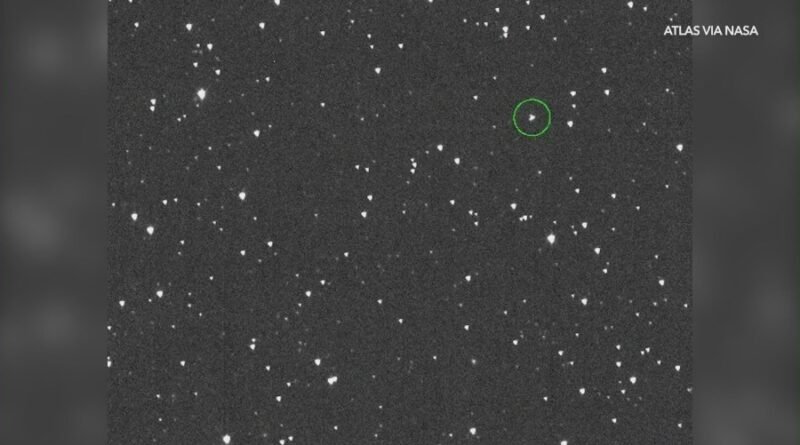New NASA imagery shows a large asteroid could impact Earth in 2032
A recently released animation shows a new look at a large asteroid that has a small, but significant chance of impacting planet Earth in 7 years.
The animation, provided by the NASA-funded Asteroid Terrestrial Impact Last Alert System (ATLAS), shows the path of a 130 to 300-foot-wide asteroid – named 2024 YR4 – having a more than 1% chance of hitting Earth on Dec. 22, 2032.
“ Currently, no other known large asteroids have an impact probability above 1%,” said NASA in a release.
While there’s still a nearly 99% chance that 2024 YR4 won’t impact Earth, NASA’s Jet Propulsion Laboratory (JPL) said this rare asteroid has a significant risk – rating it at Torino Scale 3, which is uncommon.
JPL said this object is on the risk list because ATLAS scientists have observed the impact probability gradually increase during the month that’s passed since discovering the asteroid’s existence.
“On January 27 it surpassed 1%, an important threshold,” said JPL in a release. “In the unlikely event that 2024 YR4 is on an impact trajectory, the impact would occur somewhere along a risk corridor which extends across the eastern Pacific Ocean, northern South America, the Atlantic Ocean, Africa, the Arabian Sea, and South Asia.”
The images in the animation were captured by an ATLAS telescope in Rio Hurtado, Chile on Christmas Day, 2024, when the asteroid had “a close approach with Earth,” according to JPL, becoming bright enough to be detected in asteroid surveys.
JPL said the size estimate is based on measurements of 2024 YR4’s brightness. “The size cannot be further constrained without thermal infrared observations, radar observations, or imagery from a spacecraft that could closely approach the asteroid,” said JPL’s release.
“These analyses will change from day to day as more observations are gathered,” added JPL.
As of NASA’s latest report, there’s a 0% chance that 2024 YR4 will hit Earth on its next orbit in 2028 – but it might bring it close enough for further observations.
“New observations may result in reassignment of this asteroid to 0 as more data come in,” said NASA.






